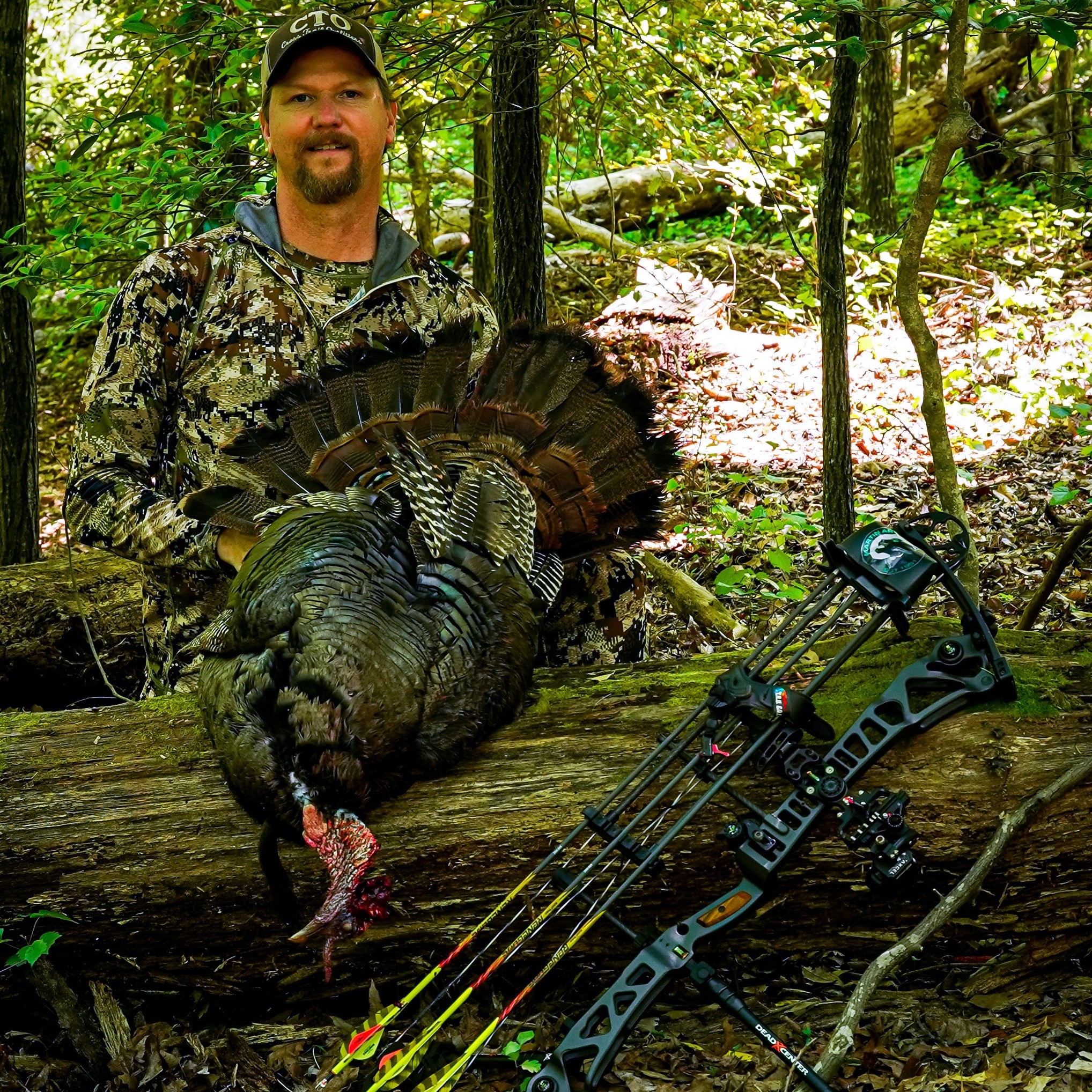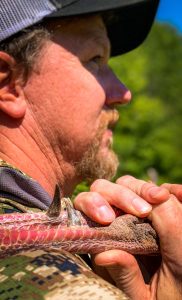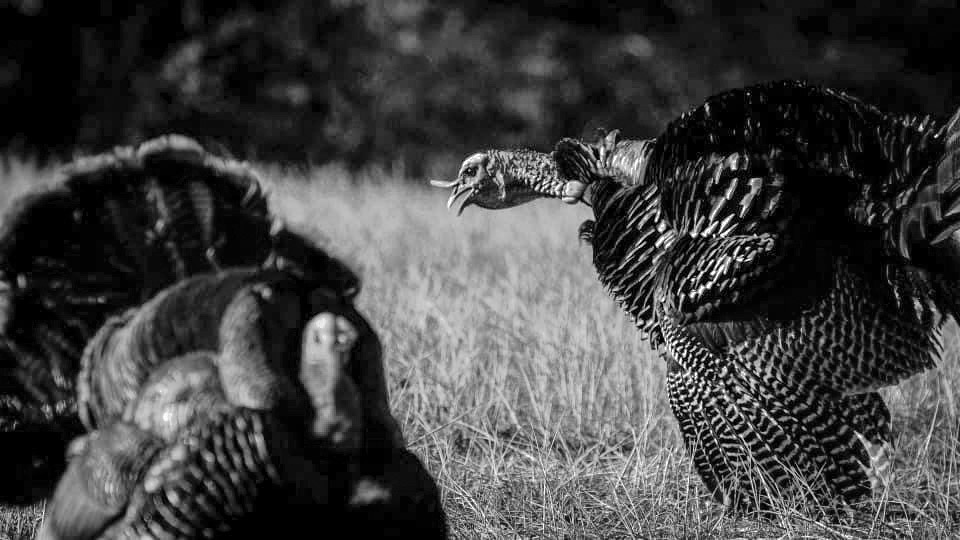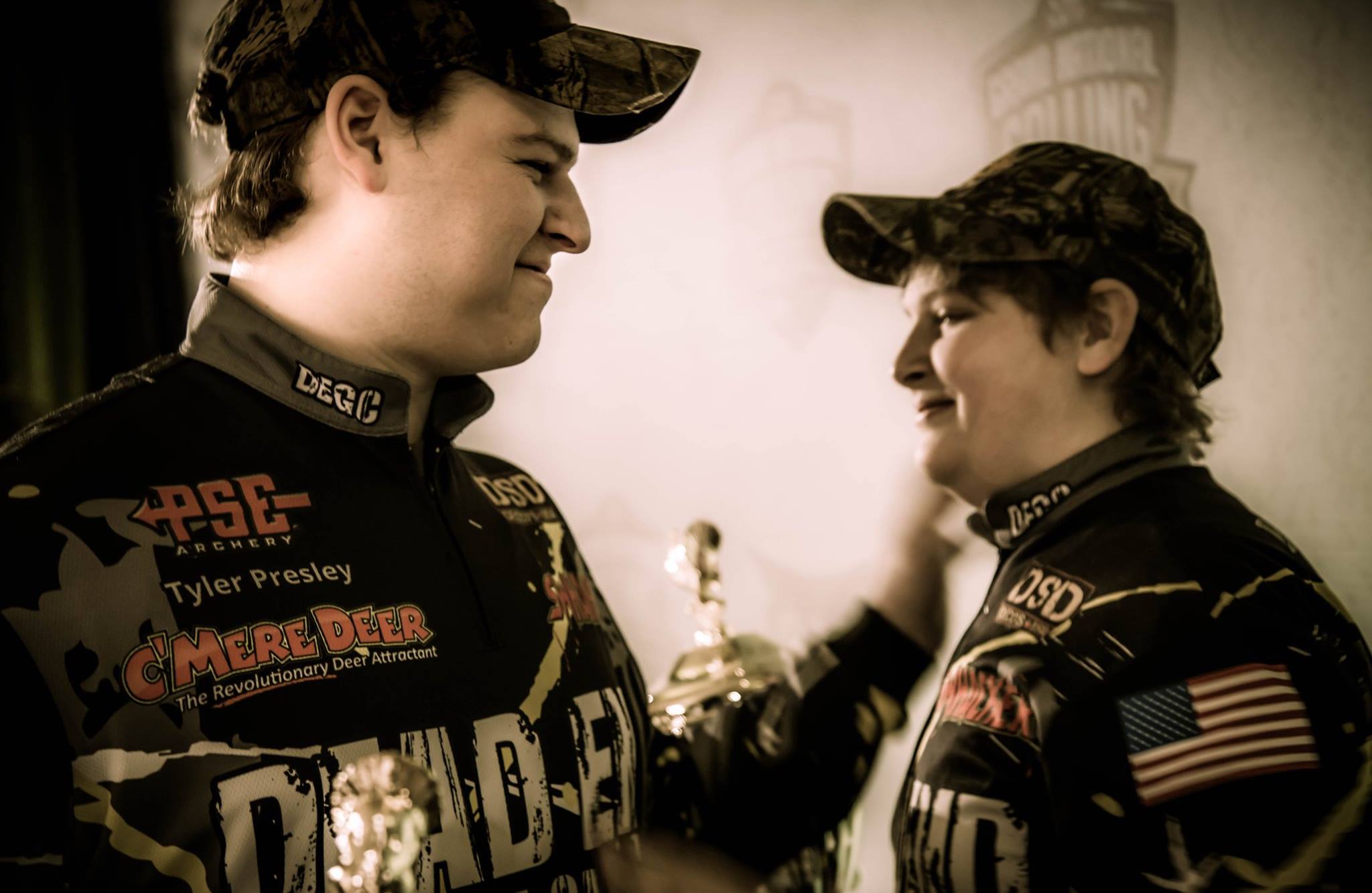
Dawn emerges and brings the welcome warmth to shrug off the morning chill, as the whippoorwill chimes the coming day. I sit patiently tucked against a large oak as I wait for the familiar reverberations of a seasoned veteran of the spring woods I have been patterning for the last few weeks. As this season has worn on, I have realized the importance of learning the behavior of each particular turkey I have been hunting. Gone are the days of the easy birds jumping down from the roost and running in to my calls. Most toms have been hunted, pressured and shot at and are becoming call shy, wary and educated to the ways of the world. Each bird is different and responds uniquely to calls. Figuring out the right combination of how and where he likes to move, determining his willingness to participate on that day and how he will respond to the calls is critical to a hunter’s late season success. It seems change is the missing ingredient that many hunters fail to realize is crucial to late season success.
Call selection and manner of cadence and volumes must be changed to effectively lure in a tom that has acquired his PHD in avoiding hunters. Often the aggressive cutting and yelps need to give way to purrs and clucks over a long time span to budge a wary bird into shooting range. I like the WorkZONE Glass Call to reach out a little farther especially on windy days or the Roadblock Slate Call to keep it soft when they are in tight quarters. Couple that with some old fashioned scratching in the leaves and you engage a tried and true imitation of a hen feeding, which is a more likely scenario for a gobbler to encounter during the mid to late day time frame. Another controversial call I have found to be an essential producer is a gobble. As more hens are nesting and fewer are available for breeding each gobbler is seeking for a new mate to increase his offspring. But, any infringement on his territory is not tolerated and the last thing he will accept is a new rival trying to poach his hens. This definitely triggers his prideful nature and he will come investigate. Mid-day gobblers seem to respond to a gobble when nothing else seems to jerk a sound out of them. It seems they want to be the last gobble that the hen hears. My favorite gobble diaphragm to use is the batwing 3. It seems to be a higher pitched sound that cuts through the wind a little better. The last week alone, 2 separate birds have fallen due to this challenging gobble.
Changing decoys is another key to unlocking the late season gobbler. Whatever combinations you have been using is most likely not going to continue to work. Chances are if you are hunting the same locations the birds have seen that setup whether you realize it or not. If you have been using a strutter decoy it is time to change to a quarter strut jake or a breeding hen could be swapped out for a feeding or look out hen. I have noticed fewer decoys seem to work better late season as well. I never have more than 3 this time of year, typically a jake and hen combo of some kind and will mix them up every trip to the woods depending on what I feel is the most likely scenario that a wary tom would most likely see for that time of day. I would not set a strutter out in the rain or wouldn’t set a feeding hen out first thing in the morning.
One other important change that many never think about is to change locations. If you can change farms or land sections and find unpressured birds then that would be the absolute best situation you can put yourself in to have a successful hunt. But, never fear, if you only have a small acerage tract that you hunt then you can still change locations on that parcel. If you have a favorite blind you have been calling from those birds know it by now. It is time to move and change locations and try from the back corner or the front side. Just call from a different spot. I often walk around and call just as a hen would. That gives the gobbler all the different location sounds of walking and varied spots and sounds he may need. I once was walking a ridge midday and heard a cluck on the next ridge and sat down at the nearest tree. It wasn’t long before a big longbeard showed up and met a face full of fives. Sometimes a gobble during midday may clue you in to how he is traveling the area and you should move to that area the next time you hunt to capitalize on that crucial piece of the puzzle.
The most important thing to change is preconceived notions of what will work. All previous rules that applied to early season just may need to be tossed and a change up may be necessary to pull in that longbeard towards the end of season. Don’t be afraid to make it happen. Just take it slow and steady as most aggressive tactics will just push them away. A patient methodical approach in which you change one subtle thing usually seems to be the key to filling that late season tag with a gobbler. You see these are the same tactics we each need to use to share the gospel of Jesus Christ. For most of us, whatever we have been doing just isn’t working. It is time to change. Change how we are talking and what we are talking about. We need to change what false idols we are holding on too and placing before others and God. The final thing we need to change is our location. Friends, the church is no longer a building of sticks and bricks. Look around, during this time of crisis, the church has been set free and is able to go wherever and however we need to in order to reach all people around the globe. No longer can we expect nonbelievers to walk through the doors, we must go to them. We can go to work, we can go to recreate, we can go outdoors because we are no longer bound by the way it used to be with our preconceived notions and fancy buildings. I pray you all change and go out into the world to harvest those wary Toms for the glory of God! Good luck and God Bless you all!
-Josh White
Photos By: Matt Arey





